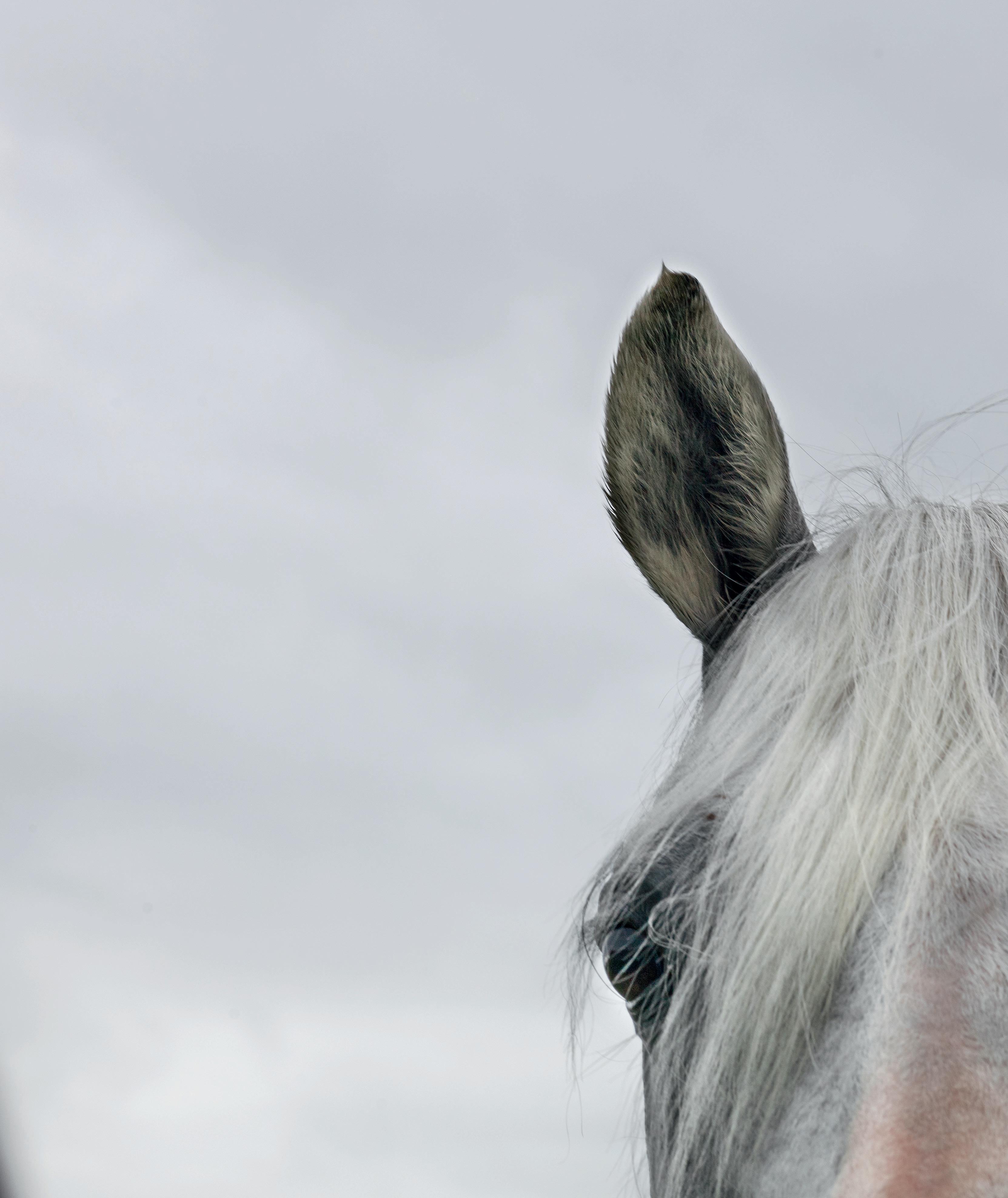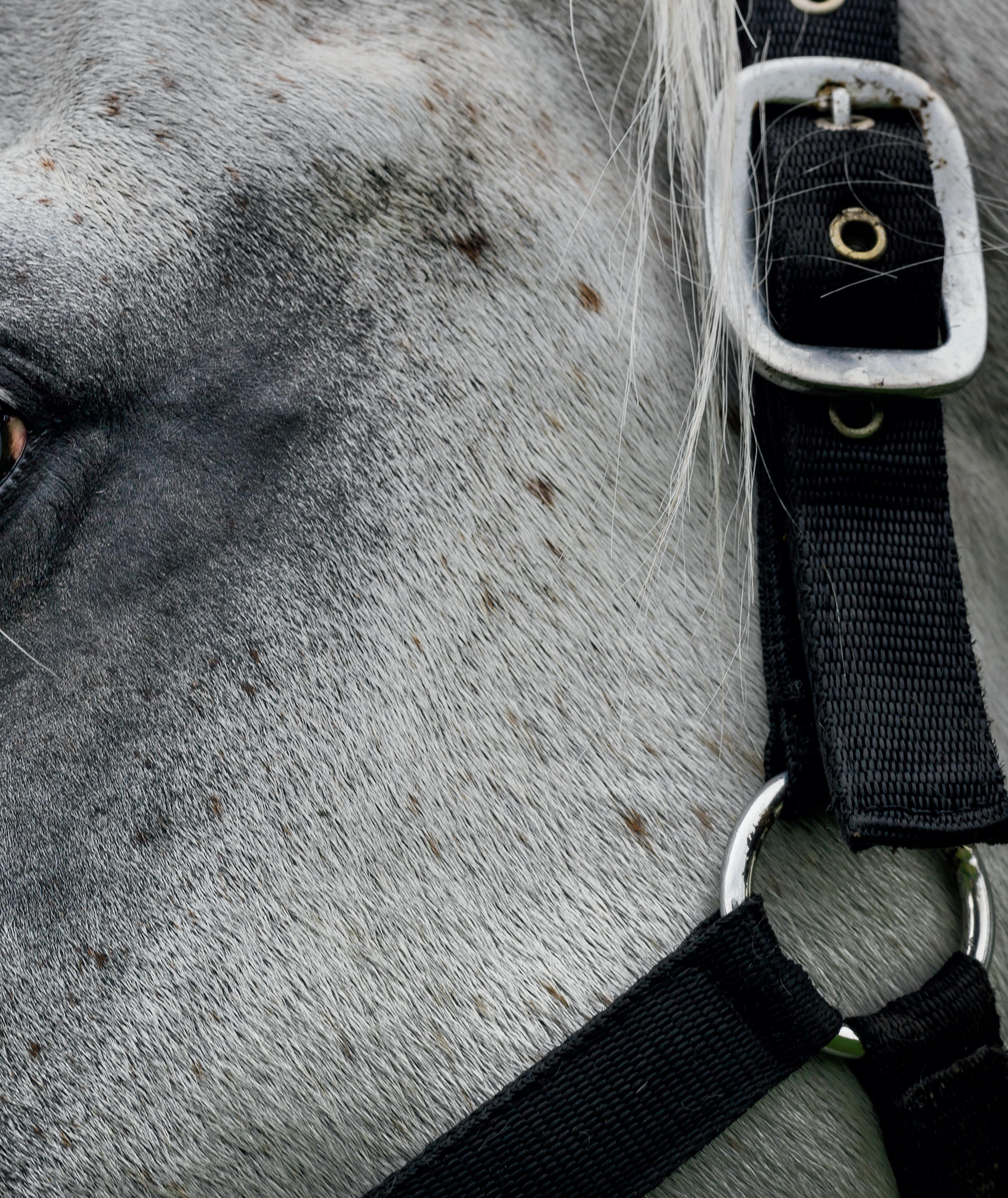In Greek mythology, Poseidon, God of the Oceans, Storms and Horses, was determined to take Demeter, Goddess of Fertility, as his lover. To deter Poseidon, Demeter ordered him to create the most beautiful animal in the world. So Poseidon, mercurial and powerful, created horses.
The Horse and New Zealand — Deborah Coddington
On a crisp spring night somewhere in New Zealand a mare pushes a new foal out onto damp grass. If this has been a normal birth, she will have dropped to the ground and started labour only 30 minutes earlier. In horses, unlike other mammals, the placenta starts detaching from the uterus immediately labour begins, so this new baby must begin breathing independently very quickly. A mare’s powerfully contracting abdominal muscles, along with the diaphragm and uterine muscles, can easily crush a lingering unborn, so very soon her foal emerges in its thick sac, soft front hooves and tiny wet nose appearing first, like a diver plunging into the ocean.
The horse has gestated for 11 months and 11 days — the mother’s oestrus timed so the foal is born exactly when the grass is at its most lush, when its dam’s milk is richest, and when her frisking long-legged offspring can nibble at tender spring growth with its little milk teeth.
In the chill dew this new life shakes its head and wobbles, while the mare struggles back to her feet to bond. She licks and nuzzles her newborn, urging it up onto those impossibly weak, trembling matchsticks of legs. ‘Waste no time,’ she seems to be saying. ‘There are predators about. Wolves may be circling in the shadows. We must move on.’ For 56 million years horses have survived as a genus by evolving their flight defences.1 Those aeons of instinct have kicked in.
A dog may be man’s best friend, but the horse wrote history. Right from the time they arrived in New Zealand just over 200 years ago, horses have played a seminal part in this nation’s development. Indeed, it could be argued that this country’s first three horses were sent here from New South Wales with strategic intent.
Curiously, given the deep affection many New Zealanders have for horses and ponies, and the enormous contribution they have made in developing our transport, infrastructure and defence — in fact, every aspect of the settlement of the colony — horses, our four-legged, liquideyed, nickering, stalwart, brave-hearted beasts of burden, have never really received the public recognition they deserve. Do many people in this country know when horses first arrived, for example? Or where?
It was three days before the first New Zealand Christmas, and they landed not far from where, 26 years later, New Zealand as a nation
would be founded. Before the Treaty of Waitangi was signed, before the rush of European settlers, before any roads, major towns or farms had been established, New Zealand’s first horses came ashore at Rangihoua Pa¯ with the Anglican minister Samuel Marsden, who arrived in the Bay of Islands from Sydney with a stallion and two mares on the brig Active, on 22 December 1814. 2
The story of the horses’ provenance is somewhat vague. Many historical reports record them as belonging to Marsden. However, in 1883 George William Rusden, an English-born historian who published books about both Australia and New Zealand that were critical of the Crown’s treatment of indigenous peoples, wrote that the ‘three horses as well as a bull and two cows’ on board the Active with Marsden and his fellow missionaries and teachers — ‘Kendall, Hall, and King, and their families’ — were a gift from New South Wales governor Lachlan Macquarie. Precisely to whom the horses were presented is not clear, because Nga¯puhi chief Ruatara was also on board the Active, and it has been claimed that at least one of the horses belonged to him. 3 This could well be correct because some years earlier Marsden had befriended Ruatara, who had travelled to England in 1809 intent on meeting King George III. Ridiculed and ignored in England, Ruatara never met the king, fell sick and was put on a convict ship bound for Sydney. By chance, Marsden, who had worked in England with prisoners and destitute women, was also on the vessel and they became friends. When the ship berthed, Marsden took Ruatara to his own home, nursed him back to health, and, after much difficulty, helped him find passage back to New Zealand.
Though they became firm friends (Ruatara grew suspicious of Marsden’s motivations in later years), more than one historian has noted that Marsden left England intent on evangelising and civilising Ma¯ori; meeting a chief such as Ruatara on board the convict ship would have provided a perfect opening for him.
Meanwhile, New Zealand was still a colony of New South Wales and Governor Macquarie had become concerned for the welfare of Ma¯ori as increasing numbers of Europeans began to visit New Zealand. Reports of Ma¯ori, young women especially, being abused and debauched by whalers and traders disgusted him. Unlike other Europeans, he understood what breach of tapu meant. In 1813 he issued a statement warning that ill treatment of Ma¯ori by crews of ships visiting New Zealand, Tahiti and other islands would lead to retaliation. Furthermore, he ‘extorted bonds for a thousand pounds from every vessel clearing from the territory of New South Wales. All on board were to behave well to the natives. There was to be no trespass on their lands or burial-grounds. No natives were to be shipped without their free consent and that of their friends, and no female native was to be shipped without written permission of the Governor of New South Wales.’4
Since 1809 and the so-called Boyd incident, Macquarie had been keen to calm rising tensions in Northland that had kept traders — and missionaries like Samuel Marsden — away for several years. In December of that year a former convict ship, the Boyd, had sailed to Whangaroa from Sydney to collect kauri spars. On board as a member of the crew was Te Ara, or George, the son of a chief. He either became too ill to work or was falsely accused of theft, and was flogged by the master — justified under British law but not, as the son of a high-ranked chief, under Ma¯ori justice. Utu followed when he returned to his iwi. Led by Te Ara’s brother, Te Puhi, they attacked the ship, killing and later eating between 66 and 70 of the Europeans on board. Only five escaped, including a woman and baby.
The following year, a mix-up of names was made in an attack by whalers seeking revenge for those killings. They raided the island pa¯ of Te Pahi, about 60 kilometres south-east of Whangaroa, because they thought he was Te Puhi, and killed up to 60 Ma¯ori. Te Pahi, who had actually rescued some of the original survivors of the Boyd massacre, realised the error the whalers had made and launched a counter-attack on Whangaroa, where he was killed by a spear.
Marsden had wanted to travel to New Zealand earlier than 1814 but was restrained by Macquarie because of the Boyd incident. In the interim, he sent the Active to the Bay of Islands to fetch Ruatara and two other Nga¯puhi chiefs, Hongi Hika and Korokoro, back to Sydney so they could accompany him and his fellow missionaries on the voyage. Ruatara’s reputation could ensure safe passage: he was, Rusden wrote, ‘nephew of the great warrior-murderer Hongi, the Nga¯puhi conqueror, the introducer of firearms on a large scale. The nobility of Ruatara was unquestionable. He could trace his pedigree to the chieftains who led the people from Hawaii. He was a relative of King’s friend Ti-pa-he.’5 Marsden’s aim was to establish peace among Ma¯ori.
So while it seems logical that three horses, a bull and two cows would be useful in establishing a mission station, as all historical accounts state, it is not unreasonable to assume that the animals would also be magnificent specimens to unload in front of fractious warring ‘natives’. They would be novel; animals Ma¯ori had never seen before. And they were animals upon which men could ride.
When the Active anchored at Whangaroa, Marsden and his companions spent the first night ashore with chief Te Ara and his iwi, nervous, no doubt, about the reception they would receive. The next day, having survived by convincing the ‘enemy’ through an interpreter that he believed they were not responsible for the sacking of the Boyd, Marsden invited them on board and gave Ruatara the job of presenting them with gifts — axes, billhooks and other items. But it was clearly the horses and cattle that ‘excited the wonder of the natives’.6
On 22 December the Active weighed anchor and sailed down the coast to Ruatara’s home pa¯, Rangihoua (about 10 kilometres north across the bay from present-day Russell), and to a large welcome. The livestock was unloaded and the horses paraded up and down the beach to much astonishment and admiration, particularly when Marsden rode one of the horses along the shore.
In return for the livestock, the chiefs vowed to protect the missionaries and the European traders, and this became the site of the first Christian mission in New Zealand. Ruatara fenced off an area of land and, assisted by other chiefs, made a pulpit from an old waka, draped a black cloth over it and put in rows of seating for a service. A flagstaff was erected on the nearest hill. By Sunday 25 December, all was ready for Marsden to conduct New Zealand’s first Christmas Day service.
And though none of the contemporary sketches record it, more than likely the first New Zealand horses, eagerly nibbling any greenery they could find after their month-long sea voyage, were just outside the palisade, also listening to the carols and to Marsden as he began the service with his Christmas text, Luke 2:10: ‘And the angel said unto them, Fear not: for, behold, I bring you good tidings of great joy, which shall be to all people.’








